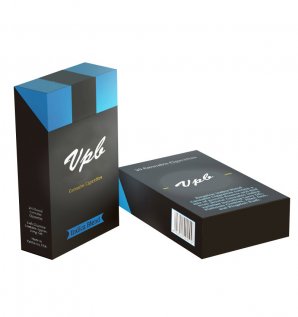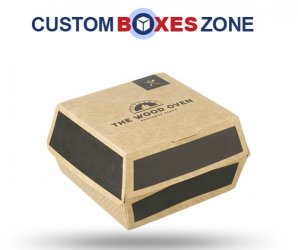Supply chains today stretch across the globe, making them vulnerable to a range of threats, from cyber intrusions to physical tampering. Enhancing security at every link is essential for protecting goods, data, and brand reputation. The following five best practices are critical for any organization looking to strengthen its supply chain security, no matter the industry.
Comprehensive Risk Assessment
A thorough risk assessment forms the foundation of supply chain security. Organizations should map their entire supply chain and identify vulnerabilities at each stage, including sourcing, manufacturing, and distribution. This process involves evaluating diverse threats—such as geopolitical instability, extreme weather, cyberattacks, and insider fraud—and estimating their potential impact. Companies should pay special attention to high-value shipments and critical components. By categorizing suppliers and shipping routes according to risk level (for example, high, medium, or low), organizations can focus security efforts where they matter most. For example, suppliers handling sensitive or high-volume goods might receive increased scrutiny, and backup providers could be identified in advance. This risk-based approach ensures that limited resources protect the most critical links and enables companies to respond quickly if disruptions arise.
Rigorous Supplier Vetting and Collaboration
The security of a supply chain depends heavily on its weakest link, often with third-party suppliers or logistics partners. Effective security begins during supplier selection: organizations should conduct thorough due diligence, reviewing each supplier’s security policies, certifications, and track record. Once a partner is onboarded, strict security requirements should be embedded in contracts and service agreements, setting clear expectations for safeguarding data, securing facilities, and reporting incidents. Building an open partnership is also crucial: joint audits and shared threat intelligence foster accountability and improvement. When suppliers understand that robust security is a shared priority, they are more likely to invest in strong controls.
Adoption of Security Standards and Frameworks
Leveraging established international standards provides structure to supply chain security efforts. Programs like ISO 28000 (supply chain security management) or ISO 27001 (information security) offer guidelines for protecting assets systematically. Implementing these standards means adopting best practices such as clear incident response procedures, continuous auditing, and detailed documentation of controls. Pursuing certification under such standards not only improves internal processes but also builds trust with partners and customers. For example, many teams enroll in specialized training—such as an ISO 28000 auditor course—to ensure their security expertise aligns with these best practices.
Advanced Technology and Monitoring
Modern technology significantly enhances visibility and control throughout the supply chain. Organizations should use tools for real-time tracking of goods and data in transit. For example, IoT sensors and GPS trackers can monitor the location and condition of shipments, immediately flagging any unexpected route deviations or environmental anomalies. Secure digital platforms and immutable ledgers can record every transfer of custody and status update, aiding transparency and traceability. On the cybersecurity side, robust IT measures are essential. This includes encrypting data in transit and at rest, using multi-factor authentication, segmenting networks to contain breaches, and continuously monitoring systems for anomalies. Together, these measures complement physical security controls and make it much harder for attackers to exploit any gap.
Training, Awareness, and Incident Preparedness
People are a critical component of any security strategy. All staff involved in procurement, logistics, operations, and IT should be trained to recognize and respond to security threats. Fostering a security-aware culture means encouraging everyone to follow protocols and report unusual activity. Regular drills—such as simulated cyber incidents or supply-chain disruption exercises—keep response plans sharp. Every organization also needs a clear incident response plan which outlines roles, communication steps, and recovery actions. When everyone knows their part and the plan is regularly tested, a swift and coordinated response minimizes damage if a threat materializes. Many companies support this development with formal training programs to ensure key personnel understand supply chain security management in depth.
Each of these best practices contributes to a more resilient and secure supply chain. By systematically identifying risks, enforcing strong supplier controls, aligning with proven standards, leveraging technology, and preparing personnel, organizations across all industries can better protect their supply chain assets. Strengthening these areas not only helps prevent costly disruptions but also builds trust with customers and stakeholders, reinforcing the integrity of the entire supply network.



















































